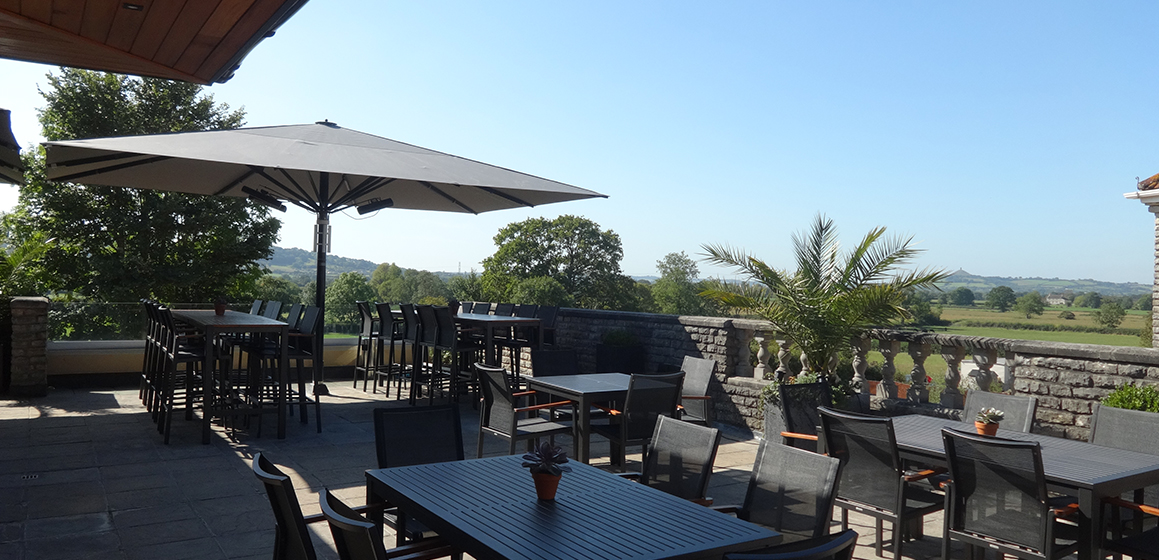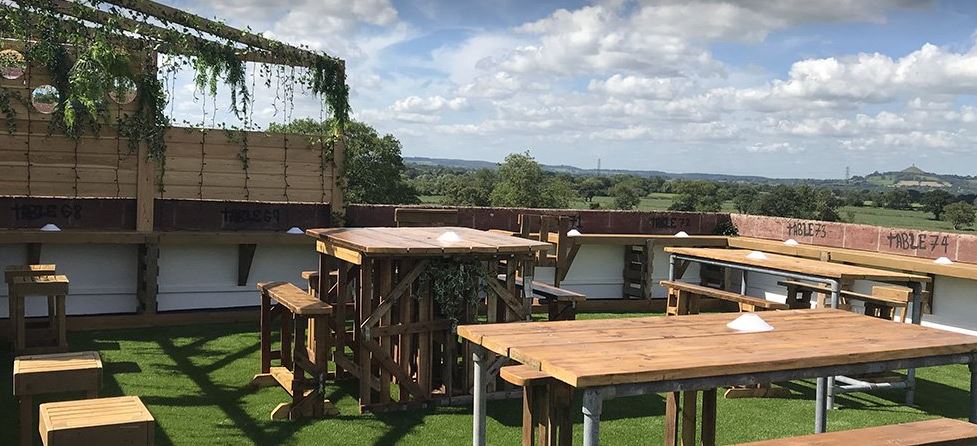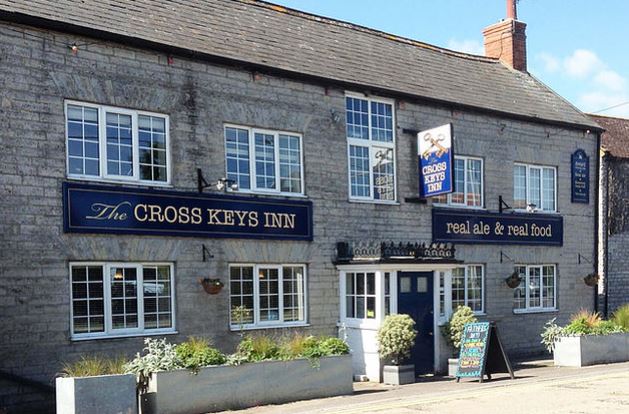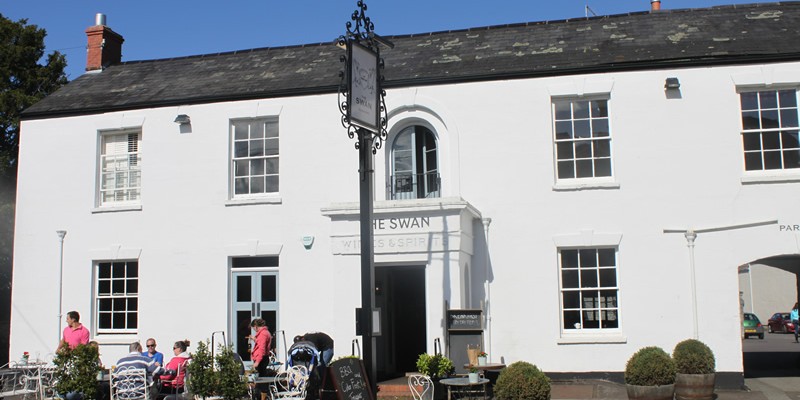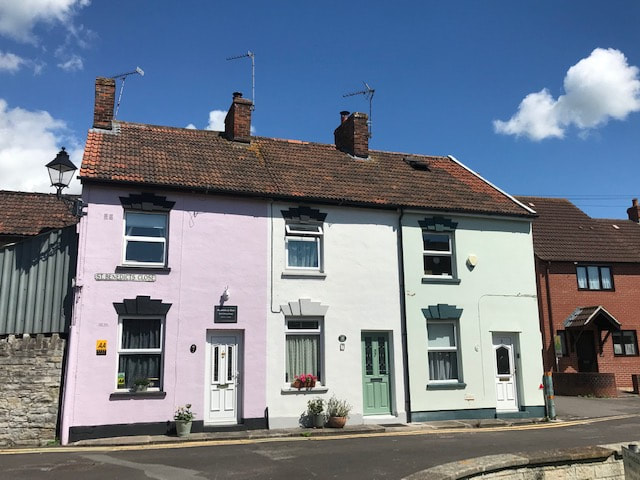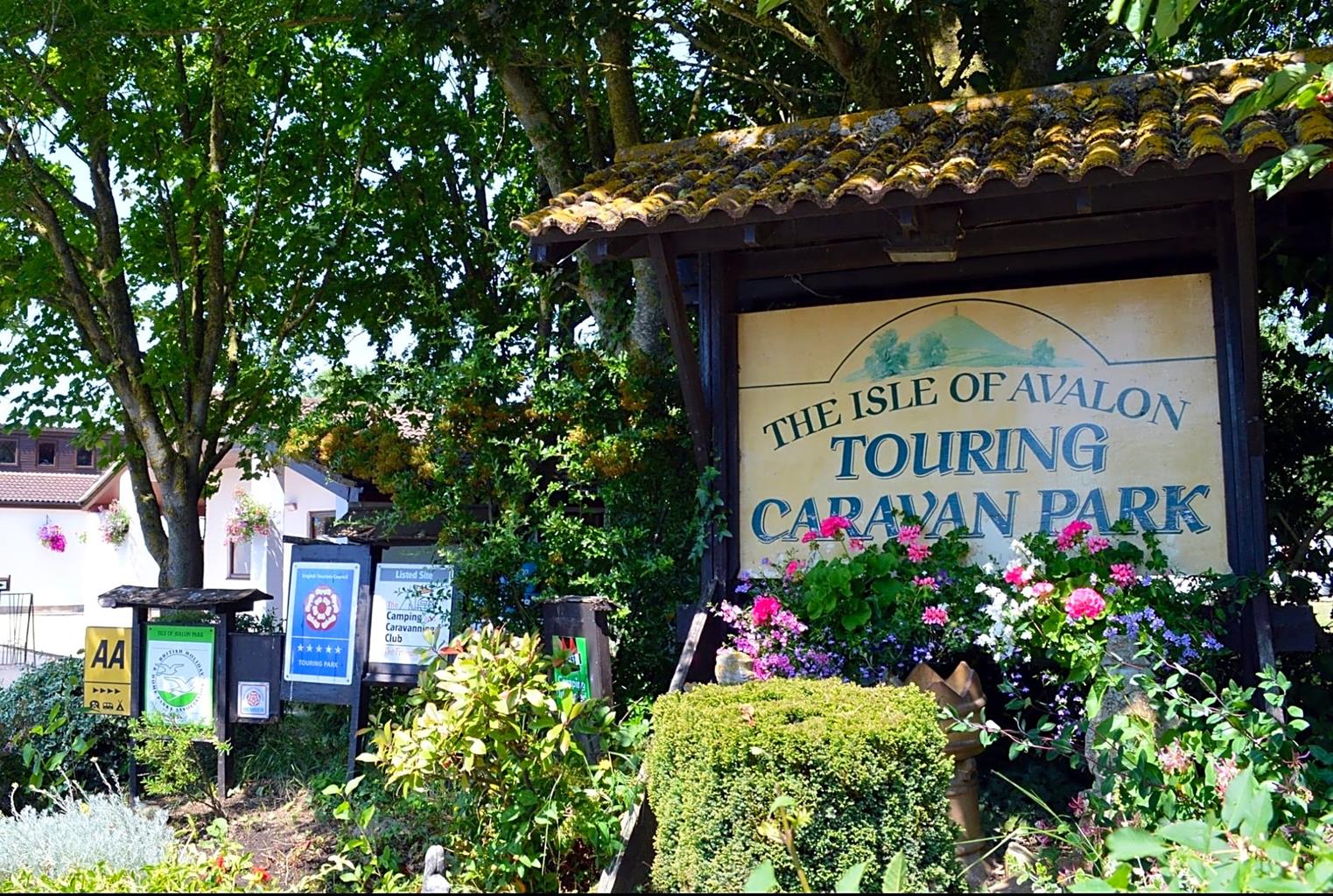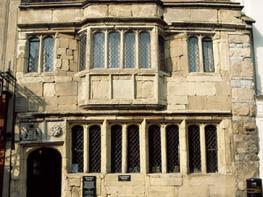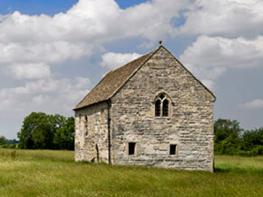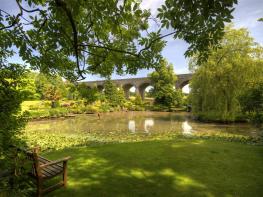A 2-bedroom Victorian cottage located in Glastonbury town centre. Beautifully furnished with…
Glastonbury Tor and town

King Arthur, a sacred thorn, a Somerset tor and 10 centuries of fine buildings
2.5 miles (4kms)
About the walk
We must leave aside the stories of King Arthur and Joseph of Arimathaea, enjoyable as they are, for we now know they were invented to raise visitor revenue for the Abbey's rebuilding works after a fire in the year 1184. This was a strategy which has to qualify as the most persistent and effective advertising campaign of all time. Money was raised by the sale of indulgences (time-off-purgatory vouchers) and relics, and still flows into shops and offertory boxes today.
Tor and more
A dense cloud of legend and mystery hangs over Glastonbury Tor. This was a sacred site for the pagans, and then for over 1000 years the Christian heart of the West Country. The hill itself, with its very striking shape, is made of layers of clay and blue limestone, with a cap of sandstone. Once the resistant sandstone has eroded away the tor will quickly collapse – but a geological age or two must pass before this happens.
Kestrels hover in the updraft of the steep sides. At the top is St Michael’s Tower, left over from a medieval chapel: this has been a sacred site since the 6th century, with an earlier chapel having collapsed in an earthquake. Richard Whiting, the last Abbot of Glastonbury, was hanged, drawn and quartered here for resisting the dissolution of the monasteries under Henry VIII. His dismembered parts were then displayed in nearby towns.
Glastonbury romance
The long history of the town is visible in the rectangle of roads around the Abbey. On the right as you leave the Market Cross is the 18th-century Pump Room, indicating Glastonbury’s brief period as a spa town. Just beyond it is St Margaret’s Chapel, originally a 14th-century hospice for pilgrims. Returning from Glastonbury Tor along High Street, St John’s churchyard has a Glastonbury thorn – a cutting from the original miraculous thorn that grew from the staff of Joseph of Arimathaea. The thorn is supposed to flower twice, at Christmas and Easter: a descendant of the original thorn grows on Wearyall Hill.
On the left, a Victorian shopfront (currently painted purple) stands beside the arch of the former White Horse Inn: here some of the losers were hanged after the Monmouth Rebellion of 1685. The information centre is housed behind a Tudor façade of around 1500, next door to the equally ancient George and Pilgrim's Inn. And every shopfront displays Glastonbury's central place in today's romantic new-age spirituality – the third of its major religions, if you count the Sumerians who supposedly carved an 11-mile (17km) zodiac in the surrounding countryside 5000 years ago.
Walk directions
From the Market Cross head down Magdalene Street, past the entrance to the Glastonbury Abbey grounds. Cross a roundabout (with, on the right, the road to Street logically named ‘Street Road’ – it couldn’t really have been ‘Street Street’), keep ahead into Fishers Hill, then follow the main road left into Bere Lane. Follow this to its end, passing the Rural Life Museum in Abbey Barn – once a grange barn of Glastonbury Abbey.
Just past the Abbey Barn turn right at the mini-roundabout onto a raised pavement – signed 'The Tor'. After 0.25 miles (400m) you reach the Chalice Well and Gardens: its sinister blood-red waters once supplied the abbey, and later the Pump House. It has been developed as a ‘visitor attraction’ (with an entry fee). Turn left into Well House Lane and at once right, up a steep lane that leads onto Glastonbury Tor. A concrete path with steps leads upwards to the summit tower.
Turn right, in the direction of a reservoir far below, to find a concrete path that spirals down to the left. At the hill foot it turns right to a kissing gate. Cross Moneybox Field to a gate onto a lane.
Turn left along the lane, with Glastonbury Tor up on your left, and bear left at a junction. After 140yds (128m) a gate on the right leads into a field. Bear left across the field corner to another gate. The hedged path beyond has been gravelled. Keep ahead down a tarred lane and, where this bends left, take the path ahead. It passes down Chalice Hill with a hedge on its left, to a lane below.
At the foot of the lane the arched entrance of Abbey House is ahead. Turn right in Lambrook Street. On a wall on the left is a handsome Victorian fire-plate, indicating the nearby water supply, and at the junction of High Street is an old drinking fountain. Turn left to pass all the way along High Street. Almost every building here is noteworthy along the 0.25 miles (400m) to the Market Cross.
Additional information
Streets, well-built paths on tor; muddy path on Chalice Hill
Busy tourist town and small, steep hill
Urban walk, with lead requested on tor
AA Walker's Map 25 Bristol, Bath & The Mendips
St John's pay-and-display, Northload Street
St John's car park and at abbey entrance
WALKING IN SAFETY
Read our tips to look after yourself and the environment when following this walk.
Find out more
Also in the area
About the area
Discover Somerset
Somerset means ‘summer pastures’ – appropriate given that so much of this county remains rural and unspoiled. Ever popular areas to visit are the limestone and red sandstone Mendip Hills rising to over 1,000 feet, and by complete contrast, to the south and southwest, the flat landscape of the Somerset Levels. Descend to the Somerset Levels, an evocative lowland landscape that was the setting for the Battle of Sedgemoor in 1685. In the depths of winter this is a desolate place and famously prone to extensive flooding. There is also a palpable sense of the distant past among these fields and scattered communities. It is claimed that Alfred the Great retreated here after his defeat by the Danes.
Away from the flat country are the Quantocks, once the haunt of poets Samuel Taylor Coleridge and William Wordsworth. The Quantocks are noted for their gentle slopes, heather-covered moorland expanses and red deer. From the summit, the Bristol Channel is visible where it meets the Severn Estuary. So much of this hilly landscape has a timeless quality about it and large areas have hardly changed since Coleridge and Wordsworth’s day.
Nearby stays
Restaurants and Pubs
Nearby experiences
Recommended things to do
Why choose Rated Trips?
Your trusted guide to rated places across the UK
The best coverage
Discover more than 15,000 professionally rated places to stay, eat and visit from across the UK and Ireland.
Quality assured
Choose a place to stay safe in the knowledge that it has been expertly assessed by trained assessors.
Plan your next trip
Search by location or the type of place you're visiting to find your next ideal holiday experience.
Travel inspiration
Read our articles, city guides and recommended things to do for inspiration. We're here to help you explore the UK.



